A HART transmitter is the most common smart transmitter type used in the process industry. What should be taken into account when calibrating and trimming a HART transmitter? Let’s take a look at the most important things to take into consideration. And also, let’s set straight the most common misconceptions regarding HART communicators.
The structure of a HART transmitter
Let’s first take a look at the fundamental structure of a HART transmitter (Figure 1). The process measurement (pressure, temperature sensor, etc.) is connected to the Input, and from the Output you will get an analog mA signal dependent on the input. It is also possible to read out the digital PV variable, which is frequency shift modulated and travels on top of the mA signal in the same wires.
However, in pratice the mA signal is the one that is most commonly used. As can be seen, the input goes first into the input section which makes an A/D conversion and turns the signal into digital. From that point, the digital process variables (like Primary Variable PV) can be read. The digital signal goes through the conversion sections, where various configurations are done, such as range and transfer function. Finally the digital representation of the mA signal (AO) is converted into a true analog mA signal in the output section and its D/A conversion.
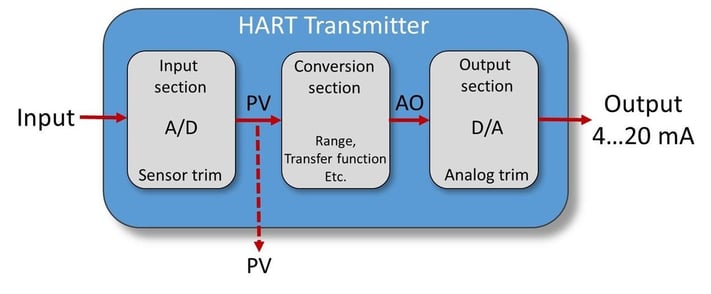
Terminology
Calibration
When you want to perform a metrological calibration, what do you do? You measure (or generate) an accurate input and also accurately measure the output, most often mA output. You do this with a few points along the whole range, for example with 25% steps. Finally you document the calibration. The input and output should be measured with an accurate and traceable reference standard or calibrator. According to most international standards, calibration does not include the adjustments that may be needed, but in practice it is sometimes included in the term calibration.
Configuration
The term configuration means to change some settings of the HART transmitter using a communicating device supporting HART protocol. It is good to remember that configuration is not calibration, and configuration does not assure transmitter’s accuracy. Configuration can be done with a HART communicator, or with a calibrator supporting HART communication.
Trimming (or adjusting)
If you have calibrated the HART transmitter and found out that the transmitter have some error, the transmitter should be trimmed (or adjusted) to measure accurately. Sometimes people think that if they use only the mA output, they only need to adjust the Output/Analog Section. But as the Input Section and Output Section are in series, both should be always adjusted if mA output is used. Sure, you could adjust one to compensate the error in the other one, but that is not recommended.
HART Communicator – the most common misconceptions set straight
A HART communicator cannot calibrate a HART transmitter
A common misconception seems to be that a HART communicator can be used for transmitter calibration – Nope, that is not correct. As explained above, the metrological calibration of a HART transmitter cannot be done with a HART communicator alone, you will always need a reference standard (calibrator) to do it.
A HART communicator cannot trim a HART transmitter
Another common misconception is that HART communicator alone can trim a HART transmitter – Nope, that is not correct. Trimming (or adjusting) cannot be done with a HART communicator alone, you will always need a reference standard (calibrator) to make the measurements required for the trimming.
A HART communicator cannot measure mA
Sometimes people think that a HART communicator can measure the transmitter’s mA output signal – Nope, that is not correct. A typical HART communicator can show the AO value, which is the digital representation of the nominal mA value. So, it is not a true measured mA current signal and does not tell what mA the transmitter is really outputting. Even if the AO value in the HART communicator would show 4.000 mA, it does not mean that the output current would be 4.000 mA. So you really need an mA meter or a calibrator to measure the true mA output.
Summary
Hopefully this short post helped to clarify a HART transmitter’s principal structure, calibration, trim and the related terminology. Also, please make sure that these common misconceptions about the HART communicator do not exist at your site.
WARNING! Commercial contents follows!
Please check out the Beamex MC6 which contains both a HART communicator and an accurate process calibrator - all in one box. Not to mention all the other goodies it includes… ;)
Yours in blog,
Heikki
Heikki Laurila is Product Marketing Manager at Beamex Oy Ab. He started working for Beamex in 1988 and has, during his years at Beamex, worked in production, the service department, the calibration laboratory, as quality manager and as product manager. Heikki has a Bachelor’s degree in Science. Heikki's family consists of himself, his wife and their four children. In his spare time he enjoys playing the guitar.
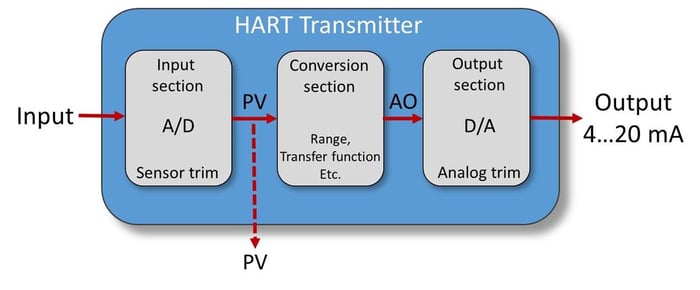

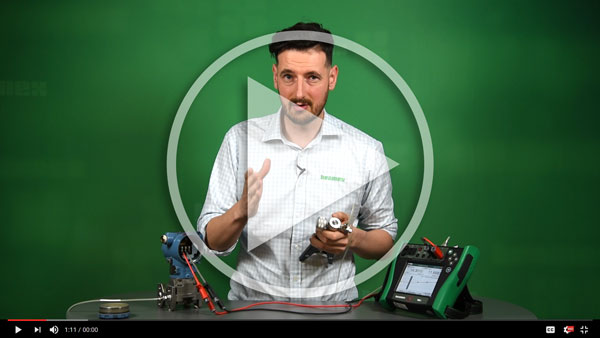

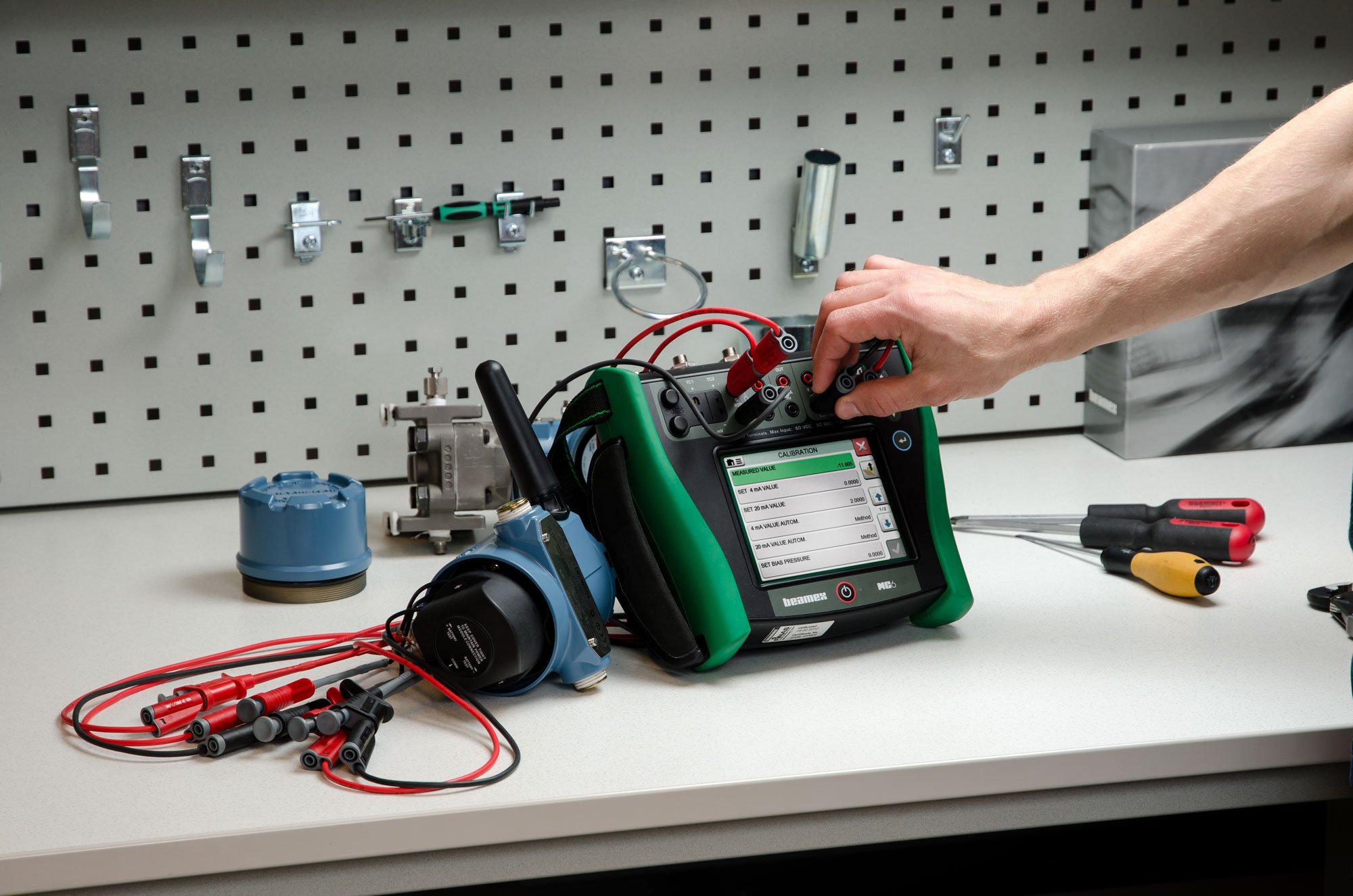


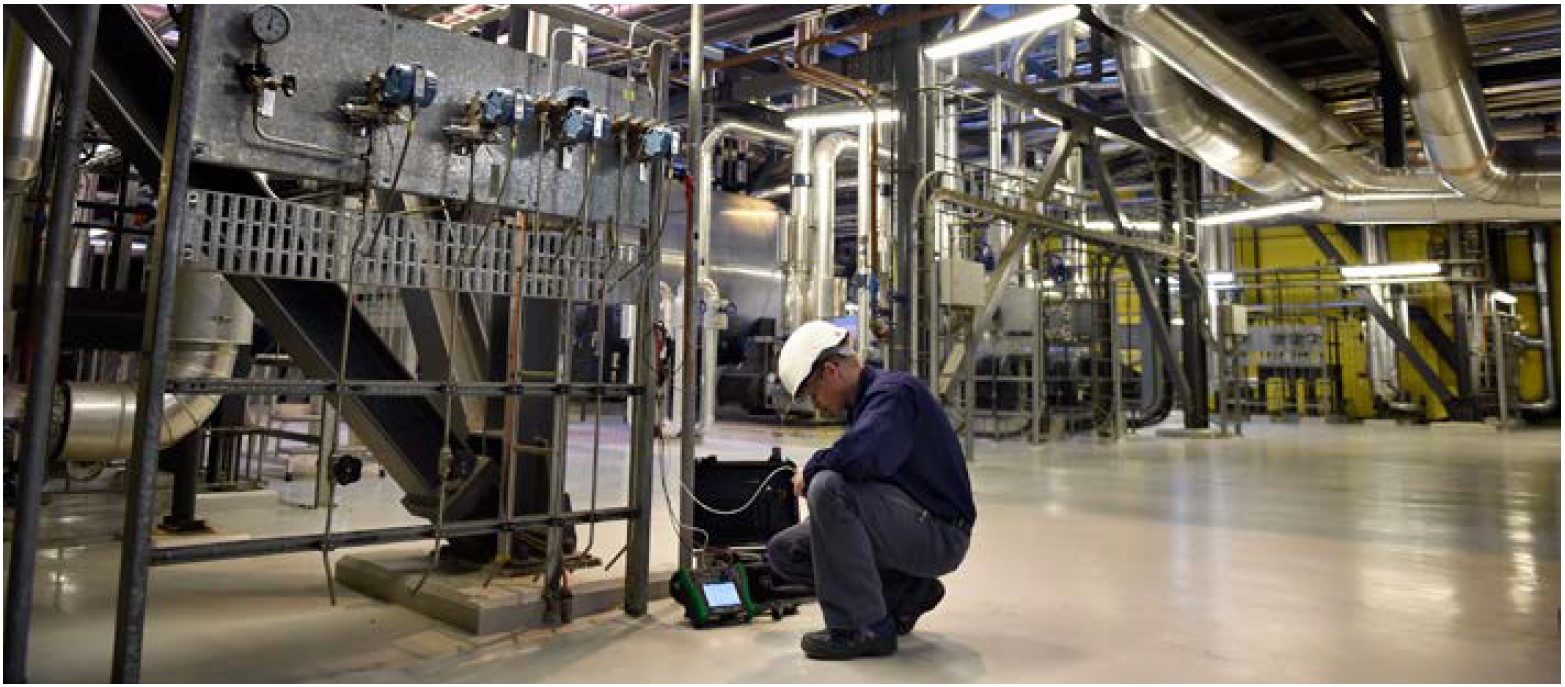

![How often should instruments be calibrated [update] - Beamex blog](https://blog.beamex.com/hubfs/Beamex_blog_pictures/History_trend.jpg)

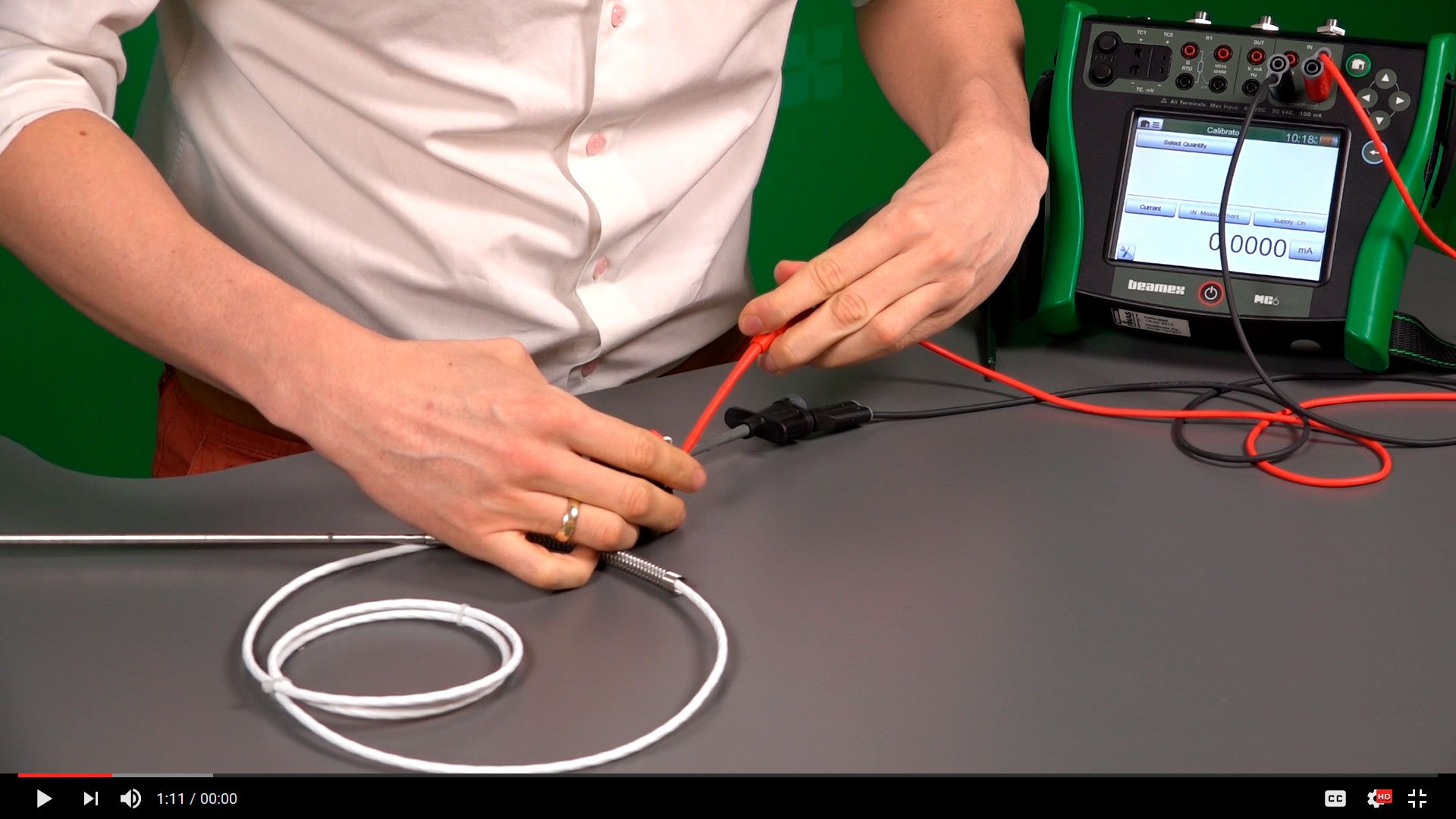

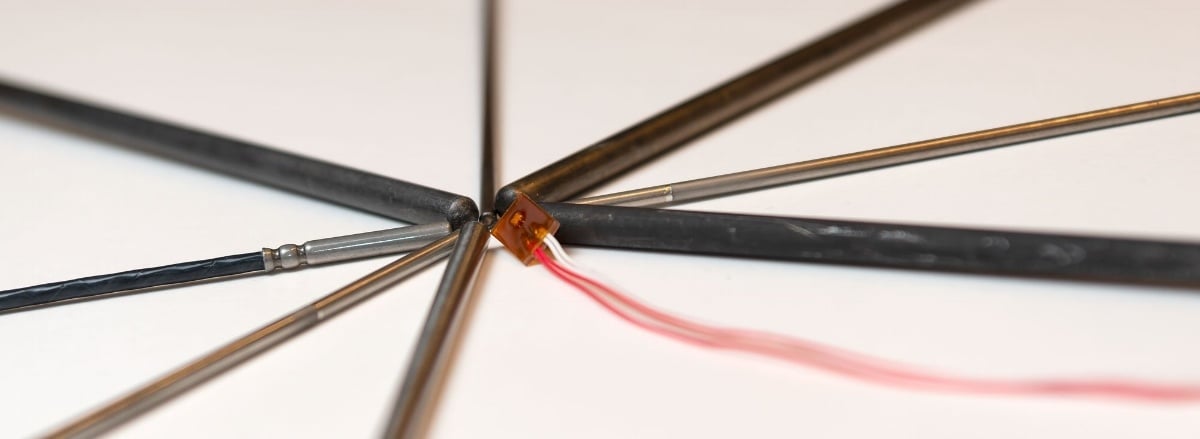
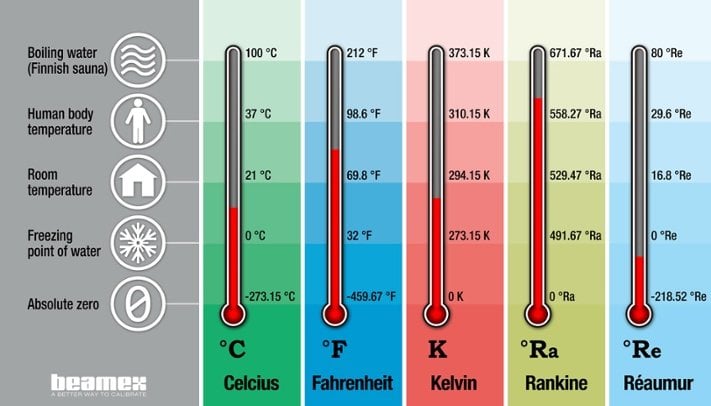

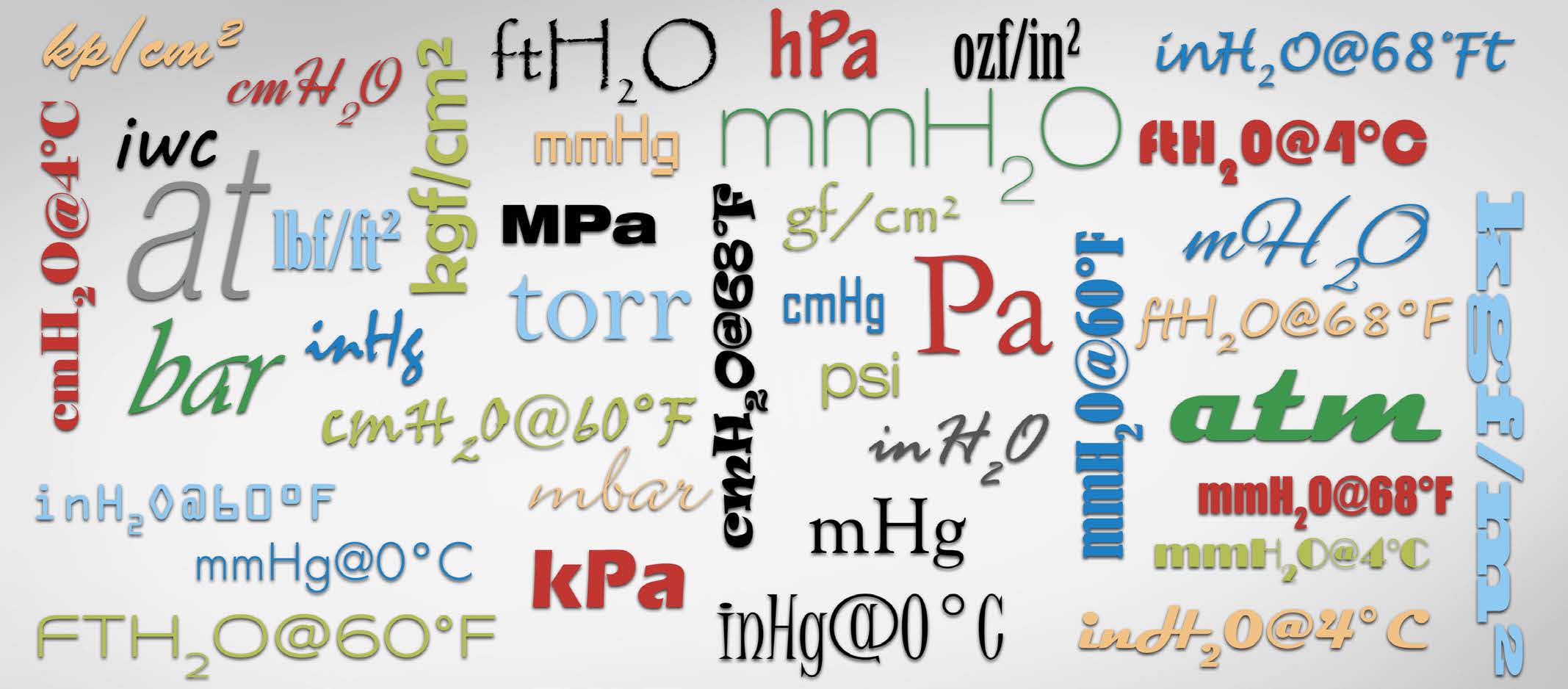
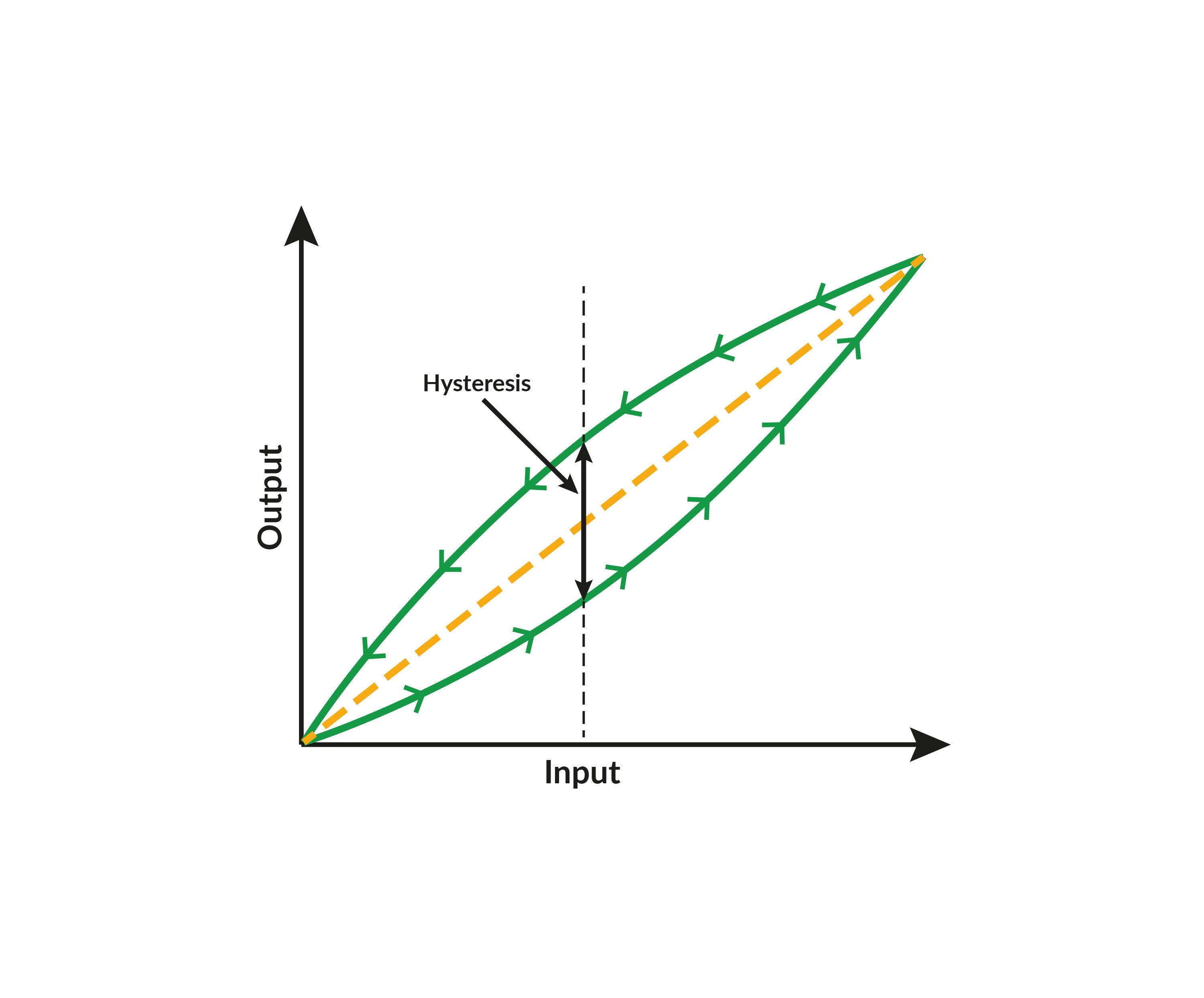
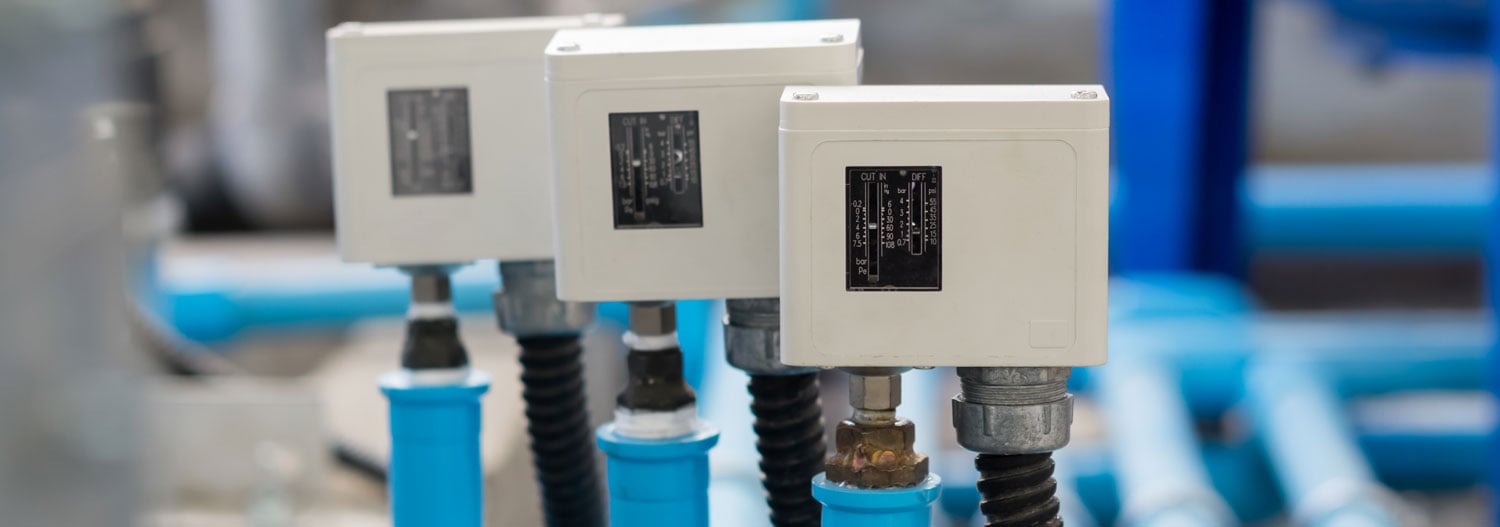
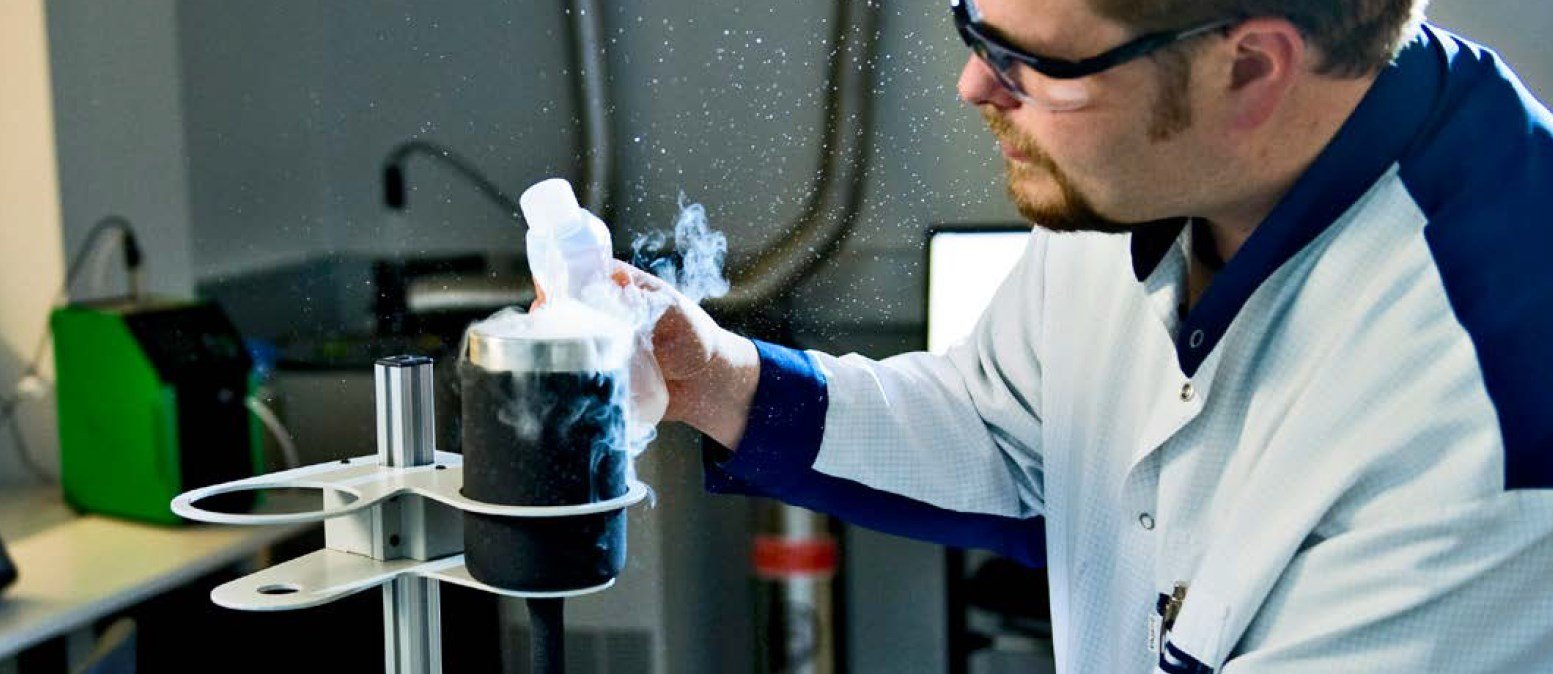
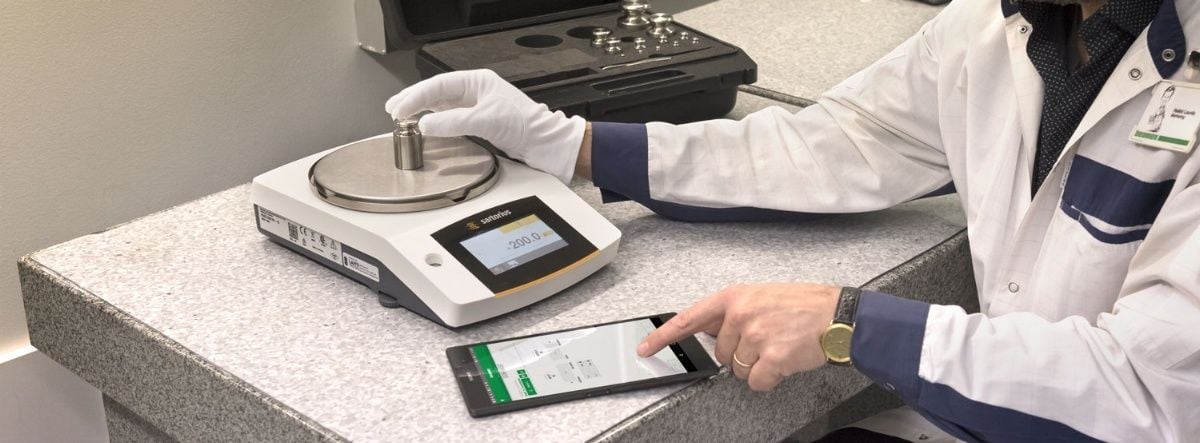
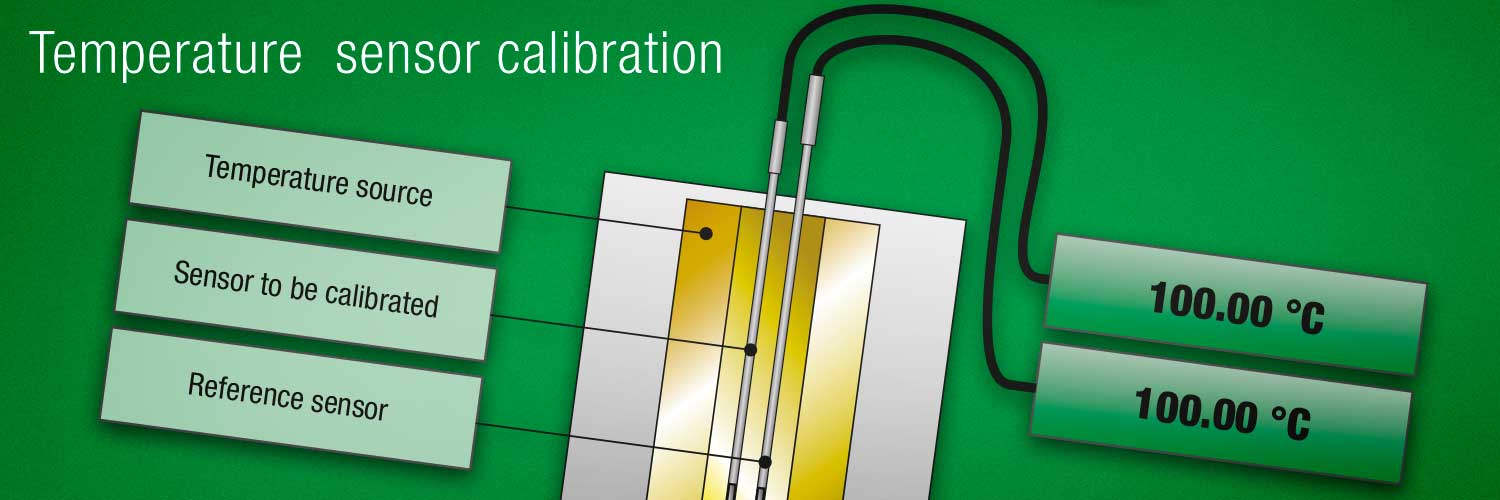

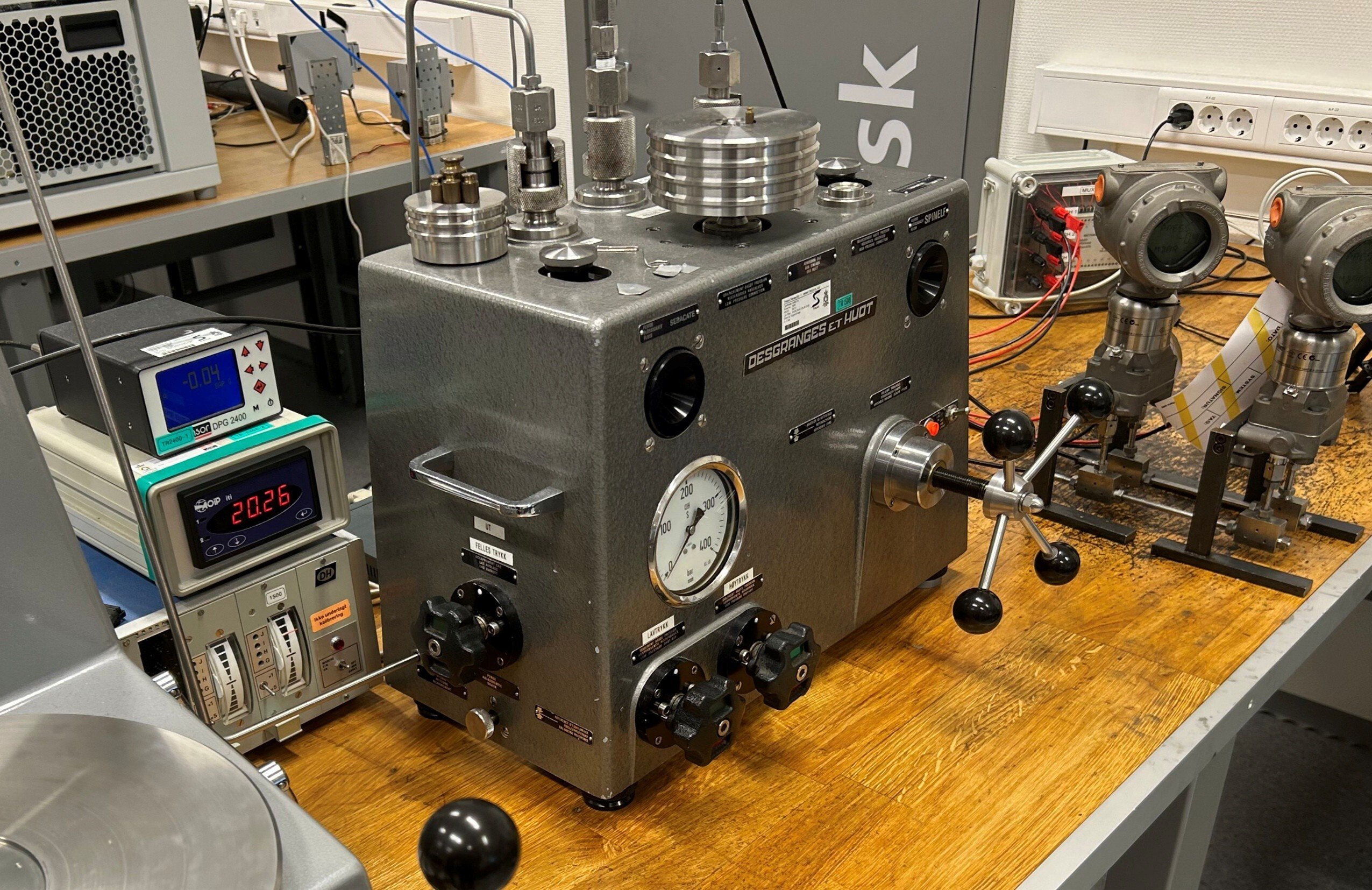
.jpg)
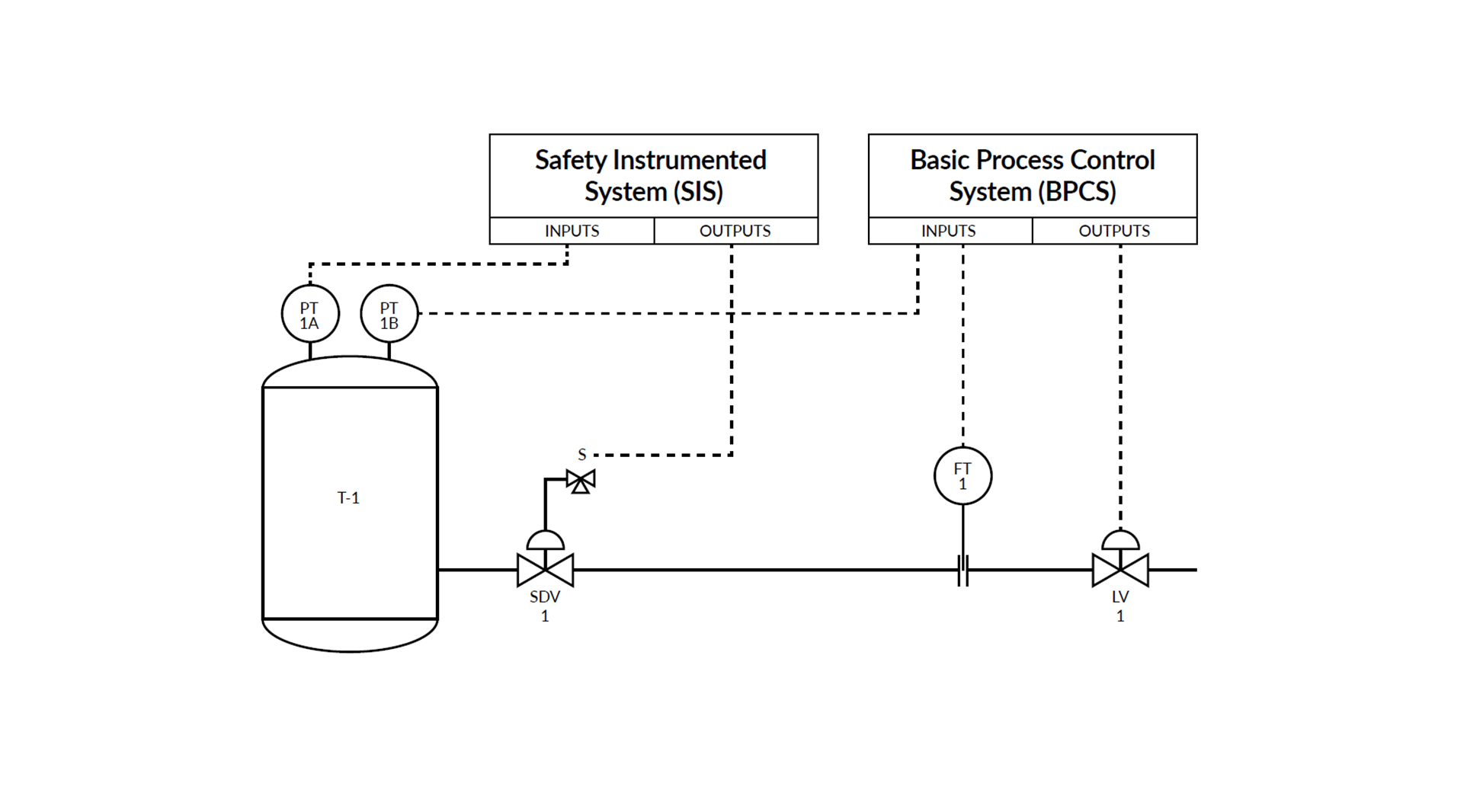


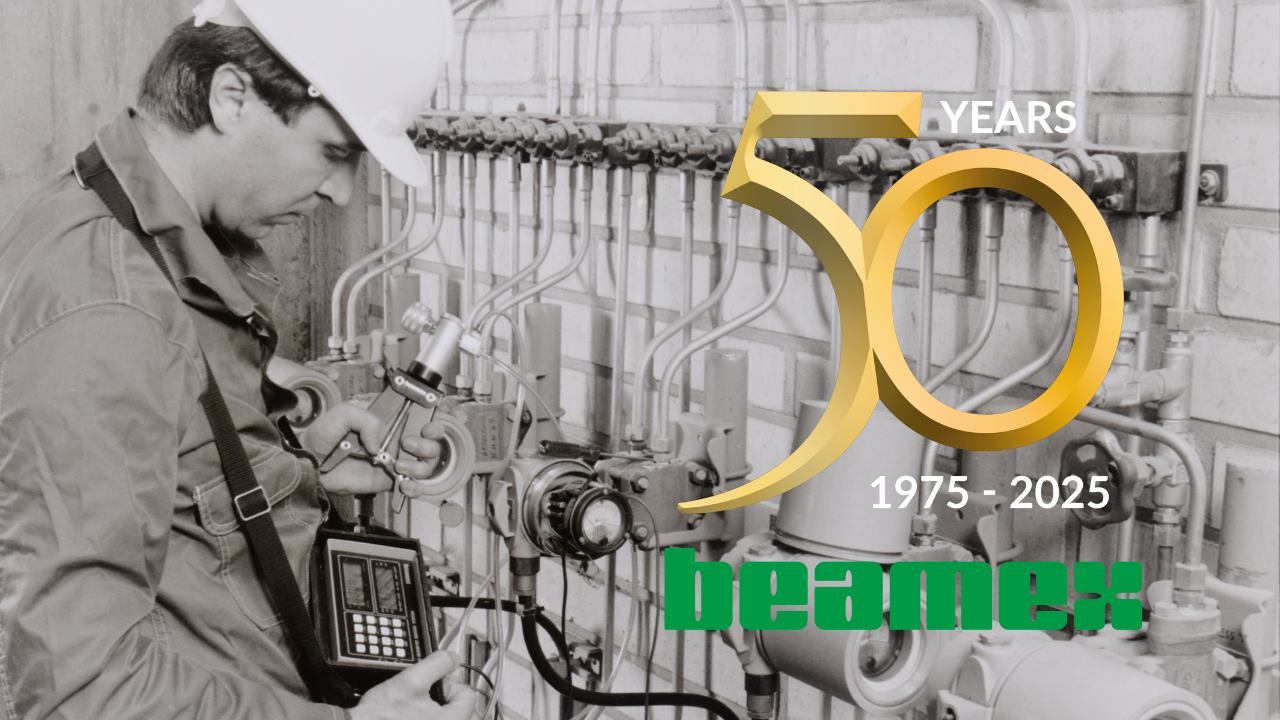

.png)
.png)
Discussion